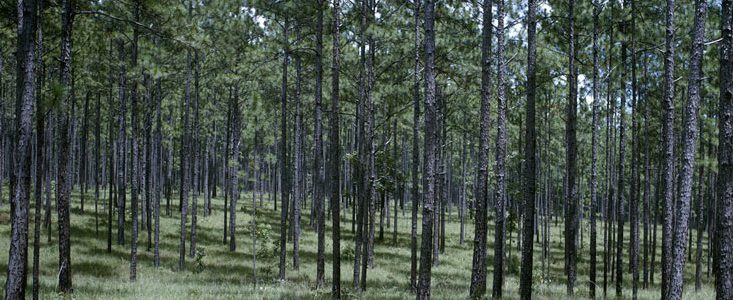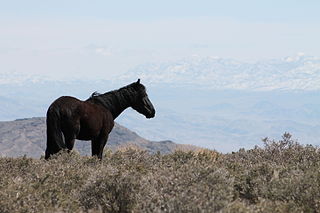-

Four years ago today, post-hurricane Sandy made landfall on the New Jersey coast. Sandy started out as a classical late-season hurricane starting in the southwestern Caribbean Sea and crossed the eastern end of Cuba before taking a path east of the Bahamas which paralleled the East Coast of the US before taking an unusual but…
-

Friends ask me at church and coworkers ask me at work, when is it going to rain? Unfortunately, the answer for today is “probably not this week.” The latest 7-day QPF map shows a very small chance of rain by late next week, but nothing for the next five days as a strong high pressure…
Posted in: Climate outlooks -

The terrible drought that covers most of northern and central Georgia, Alabama and parts of the Carolinas has had many impacts on crops and pastures in the region. Another impact has been on landscaping and turfgrasses. The Center for Urban Agriculture has a new article by Greg Huber on what turf managers need to do…
-

The Southeast Regional Climate Center has published a new 2-page report on the evolution and impacts of the current drought which is affecting parts of the Southeast. You can read it at https://sercc.com/SERCC_drought_report_Oct_2016.pdf.
Posted in: Drought -

If you are looking for information on forestry in Georgia, there is a new web site which you might find useful. It provides statistics by state, region and county, although statistics are not available for every county. You can find information on the web site here.
-

Ever since I saw the movie Koyaanisqatsi, I have been fascinated with time lapse videos of clouds. Fortunately, there are some really fantastic ones out there. This one, by Mike Olbinski in the Southwest, was forwarded to me on Facebook from a meteorologist friend. If you are feeling the lack of rainfall, you will appreciate…
Posted in: Interesting weather images -

Earlier this week, Weather Underground published a fascinating story about wild horses and their dependence on snow for water at high elevations. They have adapted to the harsh local conditions and have learned to eat snow for their water in the winter months. They migrate up and down the slopes as the snowpack comes and…